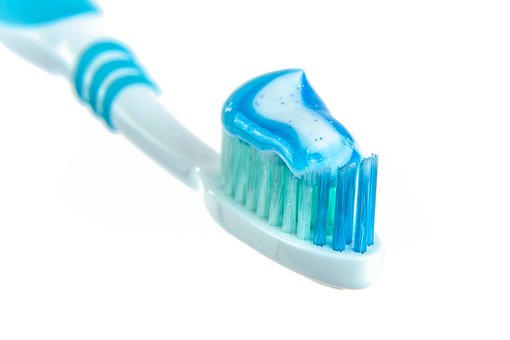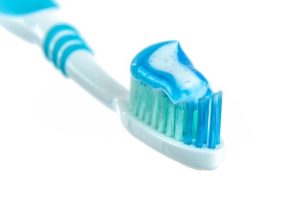Best Ways of Flossing and Gentle Brushing
Flossing and gentle brushing are two of the most important parts of our daily routine. To get the most benefit for your oral health, you need to do these two tasks correctly. First off, you need to assemble the tools. Get yourself a toothbrush with soft, round bristles. Replace your toothbrush every two months or once the bristles wear out. You will also need a toothpaste that contains fluoride. And third, get yourself some floss in a kind that you are most comfortable working with, from sticks to picks to holders.
Steps to Effective Brushing
- Position the bristles of the brush at a 45-degree angle from your gum line.
- Put enough pressure on the bristles so that you can feel them between your teeth and against your gums.
- Brush through the outer and inner surfaces of the tooth several times with short, circular strokes and scrubbing motions. Do not forget to brush along the gumline as well.
- Proceed with brushing all your chewing surfaces. Tilt the brush vertically and brush the inside surfaces of the teeth with up and down strokes using the front of the brush.
- Get your toothbrush to go through one or two teeth at a time. Frequently move the brush to reach all teeth surfaces. Do all these in two minutes.
- Brush in front of a mirror to ensure that no teeth are left behind, particularly your molars that are positioned at the far mouth of your mouth.
- When you are done with your teeth, proceed with thoroughly brushing your tongue. Bacteria can often remain in taste buds and lead to bad breath.
Steps to Effective Flossing
- Begin with 18 inches of floss. Wind both ends around the middle fingers of each hand.
- Tightly hold the floss with an inch of floss between your hands. Using a gentle sawing motion, slowly glide the floss in between your teeth.
- Once you feel some resistance as the floss reaches your gumline, slowly curve it into a shape of a “C” against your tooth.
- Hold the floss against every tooth so that it gently scrapes the sides of the tooth. as you do this, move the floss away from the gum. Repeat this step for all teeth.
- If it has been a while since you flossed, expect some soreness and bleeding in your gums. After a few days, the built-up bacteria should be removed and the uneasiness should cease.
When you are done brushing and flossing, vigorously rinse your mouth to remove the loosened food particles and plaque. While flossing and brushing are effective in maintaining good oral health, it also helps to supplement them with dental cleanings twice a year by your dentist. Keep in mind that your regular dental visits are an important part of your oral and overall health as well. If you want to learn more about the proper ways of brushing and flossing, call a reputable dentist in your area now to schedule a consultation.






 |
|